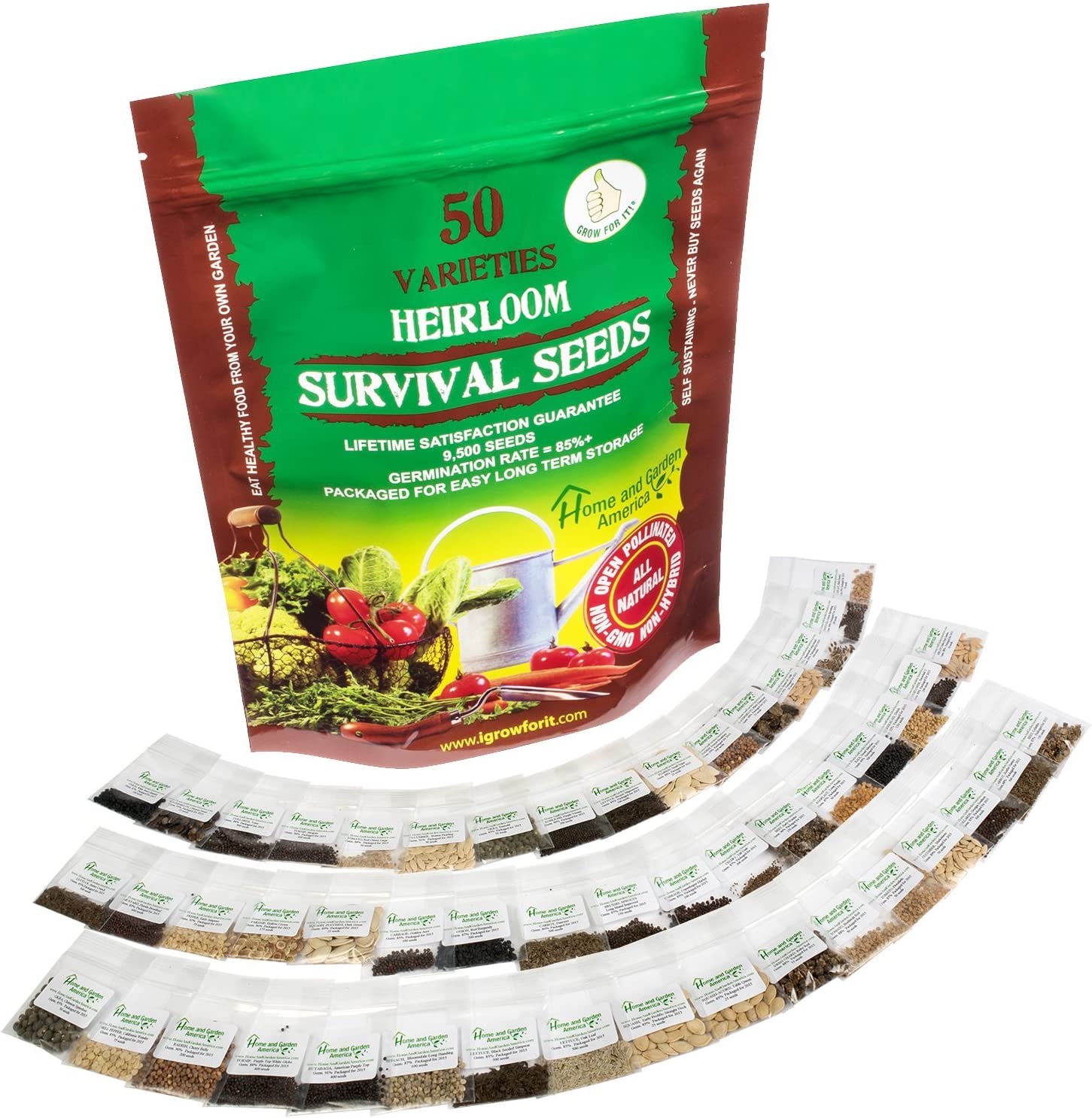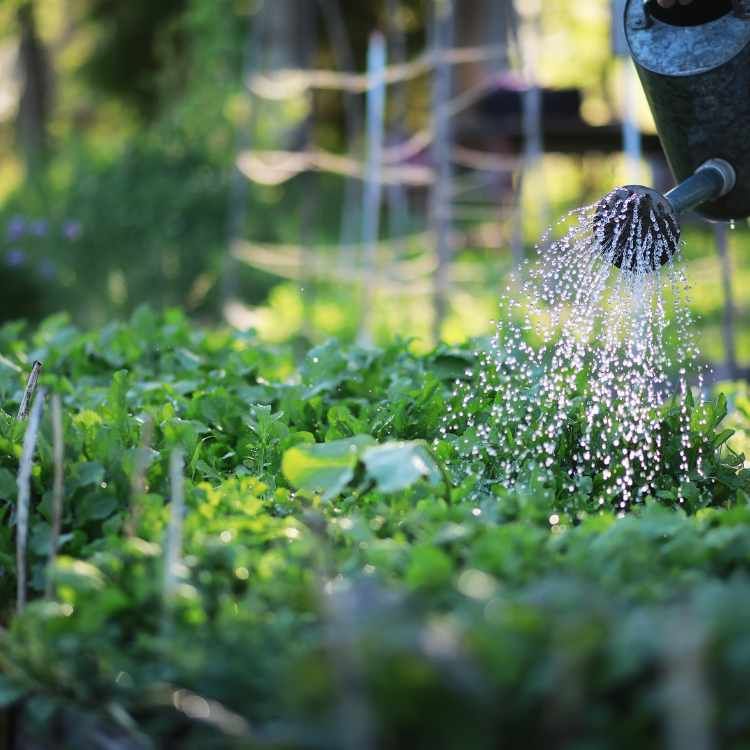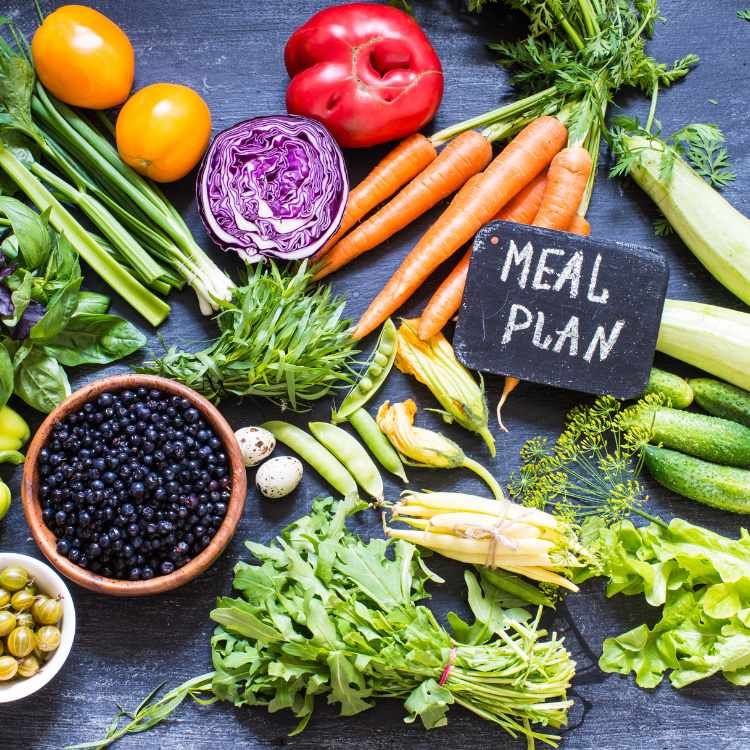
Key Takeaways
Compact seed growing kits offer a straightforward way to start growing fresh produce at home.
These kits typically include seeds, soil, and containers, making setup a breeze.
Homegrown vegetables can significantly boost your nutrition and overall well-being.
Even with limited space, you can choose a kit that fits your needs and grow a variety of plants.
Proper care, including adequate watering and fertilization, ensures a healthy and bountiful harvest.
Why Compact Seed Kits Are Your Gateway to Healthier Living
Gardening is not just a hobby; it’s a step towards a healthier lifestyle. And with compact seed growing kits, it’s never been easier to get started. Imagine plucking fresh herbs right from your windowsill or harvesting crisp lettuce from your balcony. That’s the power of these kits—they shrink the farm and bring it into your home, no matter the size of your space.
The Simplicity of Starting
One of the beauties of compact seed kits is their simplicity. You don’t need a vast garden or extensive equipment to begin. These kits are designed to be user-friendly, especially for those new to gardening. They come with clear instructions and almost everything you need: quality seeds, the right kind of soil, and containers engineered for plant growth. All you need to do is add water, some love, and a little patience.
What’s in Your Kit?
Let’s take a closer look at what you can expect to find in your compact seed growing kit:
Seeds: Non-GMO, organic seeds selected for their compatibility with container growing.
Soil: Nutrient-rich growing medium tailored to provide your seeds with the best start.
Containers: Space-efficient pots or grow bags designed for optimal plant health
Instructions: Step-by-step guides to walk you through the setup and care of your plants.
For example, a popular choice among beginners and experts alike is the Survival Essentials Heirloom Seed Kit, which you can find at Survival Essentials. It’s packed with a variety of seeds that promise a garden full of flavor and nutrition.
Remember, the goal here is to make the process as easy and enjoyable as possible. Most importantly, these kits are a stepping stone to a healthier diet and lifestyle, providing you with fresh, homegrown produce at your fingertips.
Long-term Benefits for Your Health
Why go through the effort of growing your own food? Because the benefits are immense. You get to control what goes into your food and what stays out—like harmful pesticides. You’re also more likely to eat more fruits and vegetables when they’re grown by your own hands, which means a wealth of vitamins, minerals, and antioxidants right on your plate.
Moreover, the act of gardening itself is therapeutic. It can reduce stress, improve your mood, and even offer a bit of exercise. Therefore, a compact seed kit isn’t just an investment in your meals; it’s an investment in your overall wellness.
Choosing the Right Kit for Your Space
Before you dive into the world of home gardening, take a moment to assess your space. Do you have a sunny windowsill, a small patio, or perhaps a bit of counter space? Compact seed kits can fit in a variety of settings, but choosing the right one for your available area is key to your gardening success.
Assessing Your Available Space
First, measure the area where you plan to set up your kit. This will give you an idea of the size limitations for your containers. Next, consider the environment. Is it a humid kitchen or a dry, airy room? The climate in your space will influence the types of plants that will thrive there.
Lighting Needs for Your Greens
Plants need light to grow, and understanding your lighting conditions is crucial. If you have plenty of natural sunlight, you’re in luck—most herbs and veggies love it. If not, you may need a kit that comes with a grow light. These artificial lights mimic natural sunlight and can be just as effective.
Kit Features That Make a Difference
Not all kits are created equal. Some come with extra features that can make your gardening journey smoother. Look for kits with:
Self-watering systems to help maintain consistent moisture levels.
Drainage holes to prevent overwatering and root rot.
Expandable options, so you can add more plants as you get more comfortable with gardening.
Because of these variations, it’s important to compare different kits. Take the time to read reviews and consider how each kit’s features align with your needs and goals. Besides that, think about the types of plants you want to grow. Some kits are tailored for herbs, while others may focus on vegetables or even edible flowers.
Choosing the right compact seed kit can be the beginning of an incredibly rewarding journey. Whether it’s the allure of fresh flavors or the satisfaction of growing your own food, these kits offer a simple and effective way to enhance your home and your diet.
Unboxing Your Kit
So, your compact seed growing kit has just arrived. Excitement is in the air! Carefully open the box and lay out all the components. You’ll likely find packets of seeds, neatly labeled, alongside containers or pods ready for planting. There may also be packets of soil or soil substitutes like peat pellets, as well as an instruction booklet that will become your new best friend over the coming weeks.
Take a moment to familiarize yourself with each part of the kit. If there are any tools included, like a mini trowel or pruning shears, get to know their use. Remember, this unboxing is the first step in your journey towards fresh, homegrown nutrition. Everything you need is right here, just a few steps away from blossoming into life.
Step-by-Step Assembly Instructions
Assembling your compact seed kit is usually straightforward, but it’s crucial to follow the instructions to a T. Start by preparing the soil or soil substitute as directed—some may require you to add water to expand or soften them. Next, place the soil into the containers, leaving just enough room at the top for the seeds.
Now, sow the seeds. The depth and spacing are important, so refer to the guidelines for each plant type. Generally, seeds should be planted at a depth twice their diameter. Once planted, gently cover them with soil, press down lightly to ensure contact, and water them with care. It’s these little details that can make all the difference between a seed that sprouts and one that doesn’t.
Best Practices for Seedling Care
After planting, place your kit in a location where it will get the recommended amount of sunlight. Most leafy greens and herbs need plenty of light. If sunlight is limited, consider a supplemental grow light. Keep the soil moist but not waterlogged, and ensure the area is at a stable temperature suitable for the seeds you’ve planted.
Nurturing Your Home Garden

With your seeds planted and your kit set up, the real magic begins. The seedlings will need consistent care, but it’s nothing you can’t handle. Check on your plants daily, monitoring their growth, the moisture level of the soil, and any changes in their condition.
Remember, your plants are like any living being—they’ll let you know what they need. Droopy leaves may signal a need for water, while pale leaves could indicate a lack of sunlight. Stay attentive, and you’ll learn to read these signs with ease.
Watering Your Plants the Right Way
Water is life, especially for your burgeoning garden. The key is to water consistently and adequately. Too little and your plants will wither; too much and you risk root rot. A good rule of thumb is to water when the top inch of soil feels dry to the touch. Use a watering can with a narrow spout to avoid splashing and to direct the water exactly where it’s needed—at the base of the plants.
And remember, the needs of your plants will change as they grow. Seedlings require delicate watering, while more mature plants can handle a bit more vigor. Always adjust your watering habits to the life stage of your plants.
Fertilizing for Optimal Growth
As your plants grow, they’ll start to deplete the nutrients in the soil. That’s where fertilizer comes in. But be mindful—not all fertilizers are created equal. Opt for an organic option that’s suitable for edible plants. Apply it according to the package instructions, usually every few weeks, to give your plants the nutrient boost they need to flourish.
When to Harvest Your Produce
Now for the most rewarding part: harvest time. Most leafy greens can be harvested when they’re young and tender, while herbs can be snipped as needed. The key is to harvest in the morning when the plants are most hydrated. This not only ensures the freshest taste but also encourages more growth.
The Joy of Homegrown Nutrition

There’s a unique joy that comes from eating something you’ve grown yourself. It’s the taste of sunshine, of care, of a little piece of home. And it’s not just about flavor—this is about your health. Homegrown produce is fresher, more nutrient-dense, and free from the questionable chemicals often found in store-bought vegetables.
Understanding the Nutritional Value of Your Harvest
Each plant you grow has its own profile of vitamins, minerals, and other nutrients. Leafy greens, for example, are rich in iron and calcium, while tomatoes are a great source of vitamin C and potassium. By growing a variety of plants, you’re creating a tapestry of nutrition that can support all aspects of your health.
And let’s not forget about the mental health benefits of gardening. It can reduce stress, improve your mood, and give you a sense of accomplishment. All of these contribute to a happier, healthier you.
Incorporating Fresh Produce Into Daily Meals
Think beyond the salad bowl. Your homegrown veggies can be incorporated into all sorts of dishes. Stir-fries, smoothies, omelets—you name it, your garden can contribute. And because the flavor is so much more intense, you’ll find yourself needing less salt and fat to make your meals delicious.
Not only does this make your diet healthier, but it also opens up a whole new world of culinary creativity. So go ahead, experiment with your harvest and discover new favorite recipes that are as nutritious as they are tasty.
Sharing the Health with Family and Friends
There’s something special about sharing a meal that includes ingredients you’ve grown yourself. It’s a conversation starter, a point of pride, and a way to spread the health. Encourage your loved ones to try growing their own compact gardens or share your harvest with them. It’s a gift that’s both personal and profound.
Preserving Your Bountiful Harvest
As your garden thrives, you may find yourself with more produce than you can eat fresh. That’s a great problem to have! Preserving your harvest allows you to enjoy the fruits (and vegetables) of your labor all year round.
Storing Your Produce
Proper storage is key to extending the life of your harvest. Most vegetables will keep in the refrigerator, but some, like potatoes and onions, prefer a cool, dark place. Research the best storage methods for each type of produce to keep them fresh as long as possible.
Seed Saving for Next Season
As you enjoy your harvest, think ahead to next season. Many plants produce seeds that can be saved and replanted. It’s a cost-effective way to continue your gardening adventure and maintain the varieties you love. Just make sure to dry and store the seeds properly to ensure their viability for the next planting.
Canning and Pickling Made Easy
For longer-term preservation, canning and pickling are excellent options. They’re easier than you might think, and they allow you to enjoy your garden’s bounty in the depths of winter. Plus, homemade pickles and preserves make wonderful gifts!
Organic gardening is achievable with compact seed kits by choosing organic seeds and using natural growing practices.
You can dedicate as little as 5-10 minutes a day to care for your garden, making it a manageable hobby.
Compact seed kits are excellent for children, teaching them about nature and responsibility.
Even without a green thumb, these kits are designed to make gardening accessible to everyone.
The best compact seed kits can be found at reputable online stores like Survival Essentials.
Now that you’ve set up your compact seed kit and are eagerly awaiting the sprouts, let’s address some common concerns and questions to ensure your gardening success. Discover the benefits of growing your own fruits and vegetables to enhance your experience.
Can I Grow Organic with Compact Seed Kits?
Yes, you certainly can grow organic with compact seed kits. The key is to start with organic seeds, which are readily available and ensure that no synthetic pesticides or fertilizers are used in your garden. Most importantly, maintaining an organic garden means paying close attention to your plants and using natural methods to deal with pests and diseases.
How Much Time Do I Need to Dedicate?
Gardening with compact seed kits doesn’t require a lot of your time. Daily check-ins, which can take just 5-10 minutes, are usually enough to water your plants and monitor their growth. Of course, the more you interact with your plants, the more you’ll learn about their needs and the better your garden will flourish. For those with a busy schedule, consider exploring survival gardening hacks for busy people to optimize your time and effort.
Are Compact Seed Kits Suitable for Kids?
Absolutely! Compact seed kits are a fantastic way for kids to learn about where food comes from. They can take ownership of watering the plants and watching them grow, which is not only educational but also a lot of fun. It’s a wonderful way to instill responsibility and a love for nature in young ones.
What If I Don’t Have a Green Thumb?
Don’t worry if you’re not naturally gifted in gardening—compact seed kits are designed with beginners in mind. They come with step-by-step instructions, and many have a customer support line for any questions that arise. Plus, there’s a wealth of online resources at your fingertips. The most important thing is to start, learn, and enjoy the process.
Where to Find the Best Compact Seed Kits?
Finding the best compact seed kits is easy. Look for kits with high-quality, non-GMO seeds, a variety of plant options, and good customer reviews. One popular option is the range of kits from Survival Essentials, known for their quality and customer satisfaction.
Frequently Asked Questions
As you embark on your compact seed kit journey, you might have some additional questions. Let’s tackle a few of the most common ones to give you the confidence to grow your home garden successfully.
What should I do if my seeds don’t germinate?
How can I control pests naturally?
Can I expand my compact seed kit into a larger garden?
Do these kits work in any climate?
How sustainable are compact home seed kits?
What Should I Do if My Seeds Don’t Germinate?
If your seeds don’t germinate, first check that you’ve followed the planting instructions regarding depth and spacing. Ensure the soil is moist and the temperature is optimal for germination. If conditions seem right, try replanting with fresh seeds. Sometimes, seeds can be duds, and it’s no reflection on your gardening skills.
How Can I Control Pests Naturally?
Natural pest control starts with healthy plants, as they’re more resistant to pests. Introduce beneficial insects like ladybugs or use natural deterrents like neem oil. Physical barriers, such as netting or floating row covers, can also be effective. Remember, a few pests are normal, and it’s okay to have a little bit of damage in an organic garden.
Can I Expand My Compact Seed Kit into a Larger Garden?
Yes, you can definitely expand your gardening efforts as you gain experience. Compact seed kits are a great starting point, and as you become more confident, you can transition to larger containers or even outdoor garden beds. The skills you learn from your kit are transferable to larger-scale gardening.
Do These Kits Work in Any Climate?
While compact seed kits can be used in various climates, you may need to make adjustments based on your specific conditions. For example, in hot climates, you may need to water more frequently, while in cooler areas, you might need grow lights or a warm spot indoors. Always choose plants that are suitable for your climate for the best results.
How Sustainable Are Compact Home Seed Kits?
Compact seed kits are a sustainable choice for several reasons. They often use less water than traditional gardening, reduce the need for transportation of produce, and can be made from recycled or biodegradable materials. Plus, by saving seeds from your plants, you can continue the cycle without additional input.







Leave a Reply